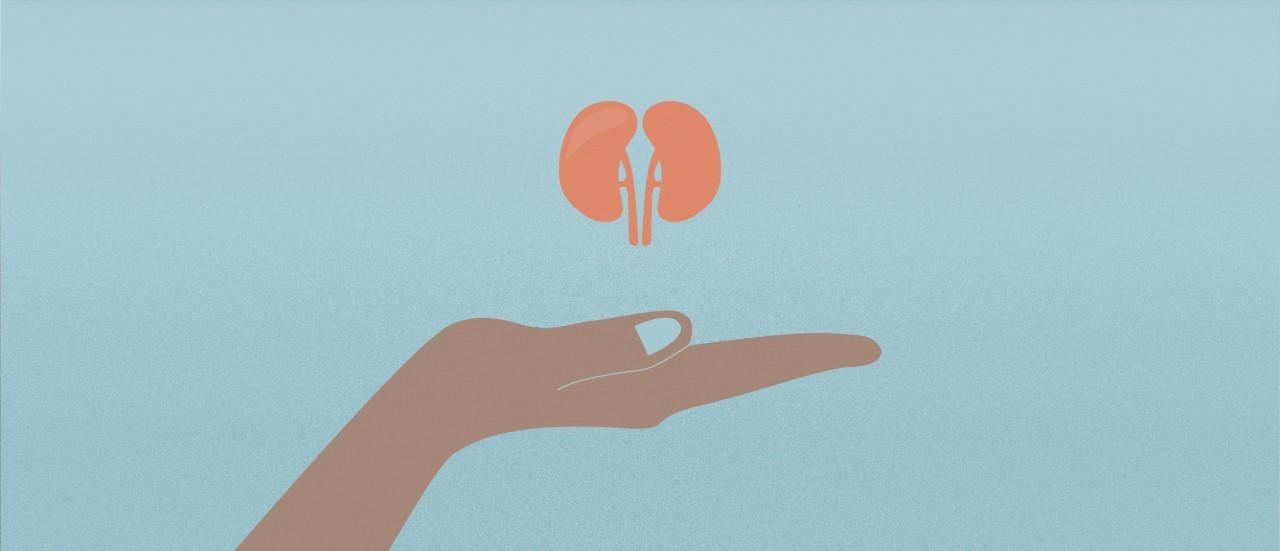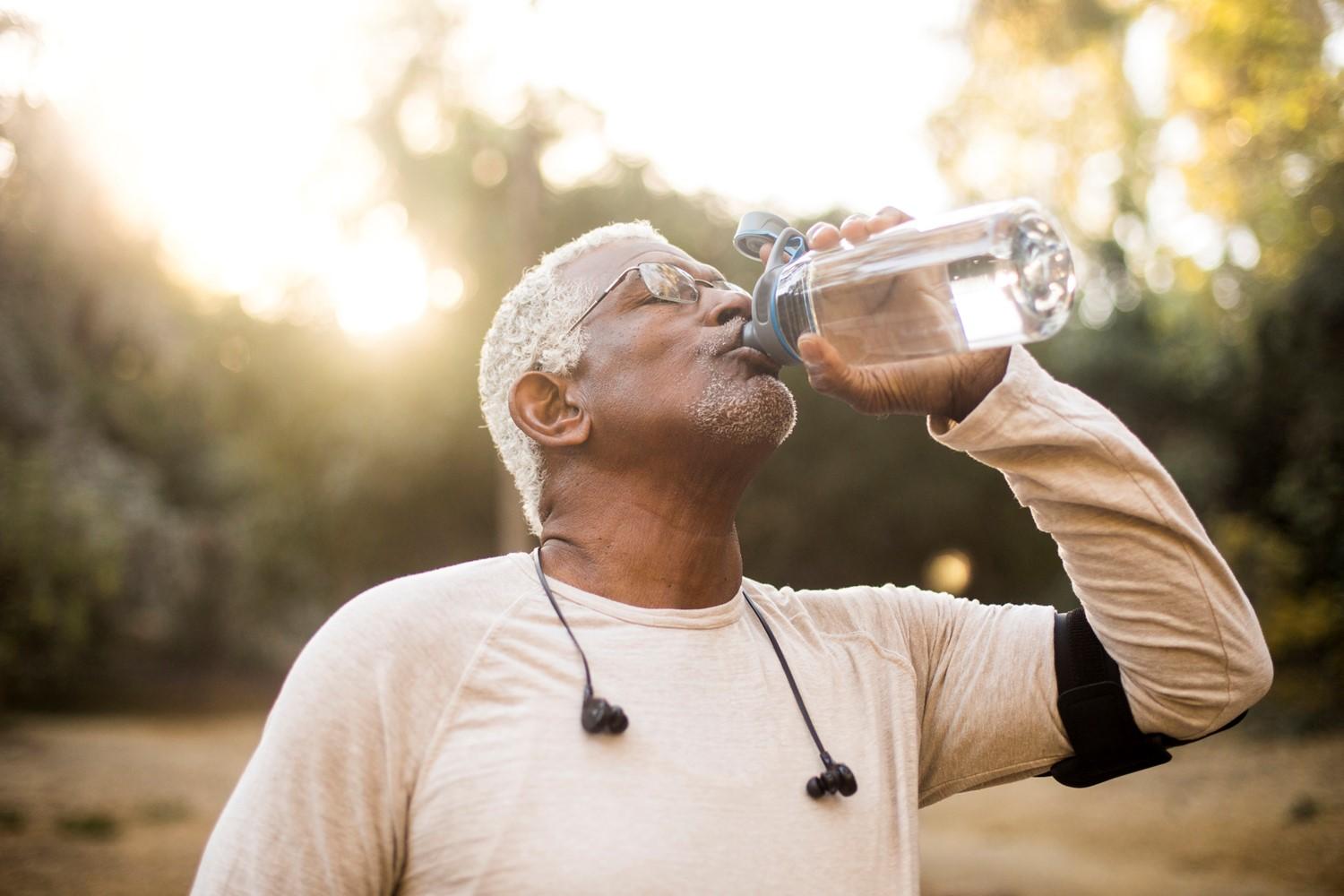
Kidney dialysis treatment options
Peer reviewed by Dr Hayley Willacy, FRCGP Authored by Danny ChadburnOriginally published 19 Sept 2017
Meets Patient’s editorial guidelines
- DownloadDownload
- Share
- Language
- Discussion
Kidney Research UK has published a comprehensive dialysis decision aid booklet, providing information and support to patients approaching kidney failure, to help make an informed decision about which type of dialysis treatment is right for them. The booklet was developed through a Kidney Research UK supported study by the Yorkshire Dialysis Decision Aid (YoDDA) research team in collaboration with Baxter Healthcare Ltd, the British Renal Society and the Renal Association.
| Haemodialysis at a hospital or centre (CHD) | Haemodialysis at home (HHD) | Peritoneal Dialysis Continuous Ambulatory (CAPD) | Peritoneal Dialysis Automated (APD) |
Place of dialysis care | People travel to a hospital or to specialist centres for a dialysis session. | People have dialysis sessions at home. | Most people choose dialysis sessions at home or work. It can be any clean place. | Most people choose dialysis sessions at home. It can be any clean place. |
How dialysis works | Attaching to a machine, for 4 hours per session, by the arm or leg. | Attaching to a machine, for 4 hours per session, by the arm or leg. | Attaching to a bag of fluid for about 40 minutes per session by the belly. | Attaching to a machine for about 9 hours per session by the belly. |
Usual number of sessions in a week | 3 days in a week. | At least 3 times a week (night or day). | Every day. | Every night. |
Usual number of sessions in a day | 1 session per day. | 1 session per day. | 4 sessions per day (exchanges). | 1 session per day. |
People carrying out dialysis | Staff at the hospital or centre carry out the session. | The person is trained to carry out the session. | The person is trained to carry out the exchange. | The person is trained to carry out the exchange. |
Usual time of dialysis | Most sessions are during the day; a few offer night sessions. Most people sit or lie on a couch or bed. Most read, listen to music, watch TV or sleep in sessions. | Most people usually choose daytime. Most people sit or lie on a couch or bed. They tend to read, listen to music, watch TV or sleep during sessions. | Most people choose to have exchanges in the morning, and before lunch, evening meal, and bed. Most people sit or stand during exchanges. | Most people usually choose night time. Most people are asleep. |
Equipment needed | A machine outside the body. The machines are set up next to patient beds or reclining chairs all the time. | A machine outside the body, and dialysate fluid. The machine is usually the size of a large chest of drawers. | Bags to take away the used dialysate and bags with the clean fluid. A hook to hang the bag of fluid during an exchange. | A machine outside the body and, dialysate fluid. The machine is usually the size of a small suitcase. |
Changes to the home | The hospital or specialist centres have dialysis machines plumbed in, next to beds or reclining chairs. | The machine is plumbed into a person’s home. Storage is needed to keep the machine, bed or reclining chair and supplies. | Storage is needed at home to keep the bags of dialysate fluid, like a cupboard or clean space in a shed, basement or garage. | Storage is needed at home to keep the machine and supplies, like a cupboard or clean space in a shed, basement or garage. |
Kidney Service Support for dialysis | They organise transport for people to get to dialysis sessions and they help plan care when people have trips away from home. | They organise the machine delivery and changes to the home, and plan care for when people have trips away from home. | They organise bag deliveries and changes to the home, and plan care when people have trips away from home. | They organise equipment deliveries and changes to the home, and plan care when people have trips away from home. |
Patient picks for Kidney

Kidney and urinary tract
How to take good care of your kidneys
I was amazed to discover from a recent survey that 50% of Britons don't know that their kidneys make urine. They play an essential role in filtering out waste our bodies produce - which is exactly why we need to look after them.
by Dr Sarah Jarvis MBE, FRCGP

Kidney and urinary tract
What do kidneys do?
The kidneys clear waste materials from the body and maintain a normal balance of fluids and chemicals in the body. They also help to control your blood pressure, make certain hormones and regulate the acidity of your blood.
by Dr Laurence Knott
Continue reading below
Article history
The information on this page is peer reviewed by qualified clinicians.
19 Sept 2017 | Originally published
Authored by:
Danny Chadburn
Peer reviewed by
Dr Hayley Willacy, FRCGP

Ask, share, connect.
Browse discussions, ask questions, and share experiences across hundreds of health topics.

Feeling unwell?
Assess your symptoms online for free
Sign up to the Patient newsletter
Your weekly dose of clear, trustworthy health advice - written to help you feel informed, confident and in control.
By subscribing you accept our Privacy Policy. You can unsubscribe at any time. We never sell your data.